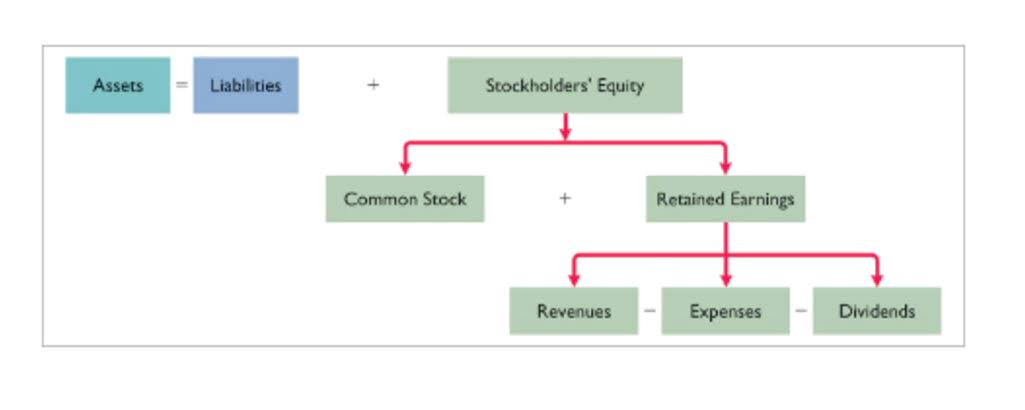
It’s more about knowing how to best approach firms and interact with their recruiters. Leading firms are now urging students to apply for coveted summer jobs before they finish their first year in law school, often as they’re juggling classes and https://www.bookstime.com/ preparing for finals. Several give candidates as little as two weeks to decide on offers that can chart the course of their careers. Managing your finances effectively is critical to keeping your business running, both now and in the future.
When to Outsource vs. In-House
There are benefits and disadvantages to outsourcing certain roles, as there are with keeping those operations in-house. A company has greater control over the direction and management of work by its in-house employees than it would over an outside contractor. On the other hand, outside companies may have more experience and resources with certain tasks, such as legal services. In addition, a company must pay the full salary and benefits of its in-house employees.
In-House Accounting vs. Outsourcing
Outsourced accounting providers can deliver comprehensive training programs tailored to their clients’ needs. In-sourcing provides a company with greater control over the execution of in-house tasks, since it is the direct employer. However, investing in specialized full-time staff can be expensive, particularly if their work is only needed intermittently.
Outsourced accounting enables you to strengthen your foundation and focus on decision making

Plus, having more consistent payments means better cash flow management. With accounting automation, a variety of tasks are effectively taken off your plate, significantly shrinking your workload and providing significant time savings. Automation allows you to streamline workflows—which means fewer clicks, less data entry, and less time spent going back over your work. Adapting to regulatory changes requires a mindset that views change as an opportunity for growth and improvement. Outsourced accounting providers can foster a culture of continuous learning and adaptation within their client organizations.
Pros and Cons of In-House vs. Outsourced Accounting
As businesses navigate the ever-changing landscape of regulations, industry trends, and technological advancements, outsourcing accounting services emerges as a strategic solution to future-proof operations. By partnering with specialized outsourced accounting providers, companies can adapt swiftly to new challenges and seize opportunities for growth. The fractional controller quickly assessed the company’s accounting processes and successfully developed internal controls, documented standard operating procedures (SOP) and implemented a new cloud-based ERP system. The controller’s expert leadership doubled the accounting team’s capacity, ensuring the accounting team’s ability to maintain efficiency amidst company transitions. The CPG subsidiary is now ideally positioned with the tools, team and management it needs to keep pace with its growth.
- The Public Company Accounting Oversight Board laid out the new timeline Tuesday in its updated list of standards slated for revisions.
- For start-ups and small companies, it’s usually more sensible to opt for outsourcing instead of hiring a full-time accounting.
- Outsourcing accounting gives businesses access to years of financial expertise from industry experts at a fraction of the cost of hiring them full-time.
- The Bureau also reported that benefits made up an additional 31% of this cost beyond the cost of the salary.
- This strategy can provide a robust yet flexible framework, supporting businesses as they develop and their accounting demands shift.
- Let’s discuss In-House vs. Outsourced Accounting with the pros and cons of both keeping your accounting in-house and using outsourced accounting services.
Importance of Regulatory Compliance
- Choosing in-house accounting is about bringing together a team to manage your business’s money matters under your own roof.
- Hiring and managing an in-house accounting department is a costly distraction in both time and money.
- A good example of executing in-house would be if an organization were to propose a new accounting department and hire all the accounting staff from within.
- You should also make sure that the accountant is familiar with the laws and regulations that apply to your business.Hiring an accountant can save you time and money.
- By outsourcing accounting, businesses can future-proof operations, ensure compliance, leverage technology, reduce costs, and gain a competitive edge in the ever-changing industry landscape.
- To fully onboard and train one employee, it is estimated to cost the employer $4,100.
Oftentimes, instead of being able to focus on the strategic initiatives, employees are asked to continue performing manual activities such as transaction categorization and reconciliation to address month-end close. This allows you to focus on strategic plans, business growth, and increasing your company’s overall profits. Considering you are hiring from within, the organization is able to manage its team and control processes more easily. In contrast, outsourcing increases the amount of time that the consultant would need to understand the issue and the way the organization and the team works, reducing team control. Accounting software also automates accounts payable to monitor cash flow in real time.
- The goal is to help businesses pick the best option for their situation.
- Reach out to us for a personalized assessment of your bookkeeping requirements.
- While some businesses thrive with in-house teams, and others find outsourcing the perfect solution, there’s a middle ground worth exploring – the hybrid model.
- This extended availability ensures your financial needs are addressed promptly.
- Outsourced accounting is when a business engages a business accounting firm to manage its financial functions, including bookkeeping services, payroll management, and financial reporting.
In-House Accounting Versus Outsourcing: Why You Need an In-House Accountant

Make sure you accurately balance the costs of in-house accounting vs. outsourcing. There’s also the productivity cost of paid time off, when your employee is unavailable during sick time and vacations. In-house accountants – those who are employed by your company – vary widely in their backgrounds and skill sets. Unless you’re hiring a new employee who’s fresh off the job market, it’s hard to control who’s already sitting in that position within your company.
- Payroll professionals should also create processing calendars for company managers and human resources, she said.
- Adam Hayes, Ph.D., CFA, is a financial writer with 15+ years Wall Street experience as a derivatives trader.
- It’s more about knowing how to best approach firms and interact with their recruiters.
- Milestone Service AwardsAnnually, we celebrate those employees who have reached certain professional milestones with the Firm.
- When businesses have just one or two employees handling their books, they likely don’t have strict internal controls in place.
Start Accounting Services for Startups With Us
Get all the latest tax, accounting, audit, and corporate finance news with Checkpoint Edge. Several law schools have followed suit, moving up formal on-campus interviewing programs that had long served as the primary recruiting method for firms. Howard Law School bumped up its first OCI session to July, while Yale and Stanford moved theirs to June. Major law firms have In-House Accounting vs Outsourcing largely failed to make good on promises to bolster diversity in their ranks after the police killing of George Floyd in May 2020 and the surge in social justice efforts that followed. The student leaned heavily on classmates and his school’s career services office, he said. The disadvantage isn’t binary as in being aware or unaware of the new, pre-OCI process, he said.
Let us help accelerate your business’ financial growth and profitability with accurate, on-time BPO accounting services at the most competitive prices. No matter the types of accounting services offered by an outsourcing firm, you will only pay for the actual services. All of the overhead costs are typically left out of the entire equation. While an in-house accounting team might provide control, lack of oversight may mean mistakes go unnoticed. Accounting is based on reliability and accuracy, and outsourced accounting partners make it a point to guarantee quality of work. Further, Rubino is staffed by professional CPAs with a diverse range of experience and specialities.



